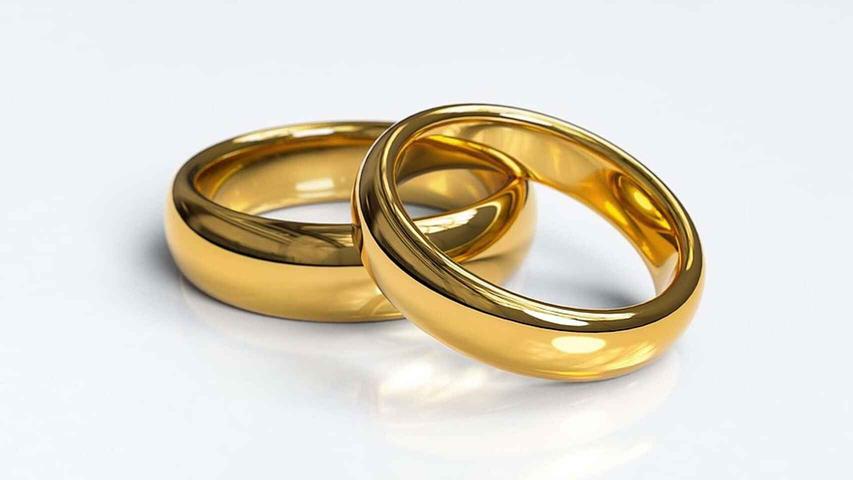Don't let them fool you! We teach you how to identify gold
We all know someone who once hopefully spent large amounts of money on a piece of jewelry only to find out later that what they bought was fake.
Unfortunately, this deception is very common. Nacional Monte de Piedad gives some tips on how to distinguish real gold from fake.
So that we do not become victims of a well-crafted fantasy jewel, we must first take into account the following:
-The greater the weight of the jewel in grams, the higher its price.
-Gold-plated jewelry is not made based on this material, but only covers it.
-When it comes to rings, you should not choose those that are too thin, as wear and tear can cause them to break.
-Gold wears easily, so you have to be very careful with it.
After knowing these four important factors, we must take into account the concept of caratage. The maximum carat that a gold jewel can have is 24, which represents 100 percent purity.
The problem with the purest form of gold is that it is too soft and tarnishes too easily, so goldsmiths often mix it with other metals to make it more durable. It is for the above that finding 24-carat jewelry is rare, and that must be taken into account when buying a jewel made with this material.
Check out: How to Calculate Overhead for a Nonprofit http://t.co/qc2Xel0mO9 Ace Campaign
— Ace Campaign Mon Apr 20 09:42:21 +0000 2015
Now, the seller may not tell you that the jewelry is 24 karat. Maybe he tells you it's another lower karat, but still high nonetheless. How to know if the jeweler is telling the truth?

First of all, it is essential to know that to get the percentage of purity of gold, we have to calculate the figure taking into account that 24 carats would be one hundred percent. For example, if the piece is 18 carats, then its purity would be 75 percent in relation to the total 24 that it could have.
Having done the calculation, it is time for you to check if the carat is what they say it is. You can verify this with some small marks that the jewel has, which serve as a guarantee of the purity of the jewel and the seal of the manufacturer and/or the laboratory where the raw material of the jewel that is being acquired was analyzed.
These marks are generally made with a cancel and are made in hidden places of the jewel, such as on the back of rings or on the edge of necklaces or bracelets.
Specifically, what can be seen are three marks: the first tells us about the purity of the gold (for example, if it were 18-carat, a "750" would come out, which represents 75 percent purity), the second represents the laboratory where made the analysis of its purity and the third is the mark of the craftsman who designed the jewel. Occasionally, to save taxes and lower the cost of the jewel, only the artisan's mark is left. It is very important that you know that this is illegal in many places, which makes the jewel lose its value and quality guarantee.
Finally, you will have to do the official calculation to verify that the jewel is not being sold to you at a higher price than it is really worth. To make the calculation, you first need to find out about the current price of the "Kilo Manufactured", which is generally valued in Euros. You divide that price per kilo by a thousand and that result will give you the price per gram of gold, which will depend on the degree of purity of the karat.
For example, if the current price of a gram of gold is 25 euros, this value must be multiplied by the percentage of purity that the piece has (following the previous example, it would be 75 percent in the event that it is from 18 karat). In this way you multiply those 25 euros by the .75 of pure gold and that result will give you the real price that the jewel should have.
After having followed all these steps you will be sure about your purchase decision; avoiding deception and unnecessary courage that, in fact, do have a price. And a very high price.









1612